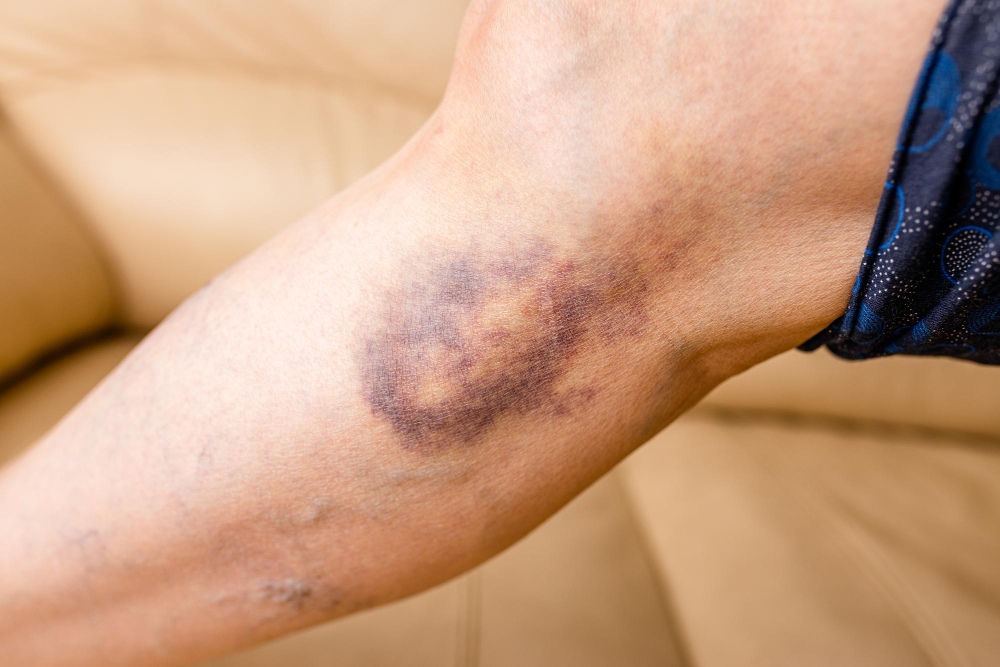Introduction to Idiopathic Thrombocytopenic Purpura (ITP)
Idiopathic Thrombocytopenic Purpura, or ITP, is a blood disorder. In ITP, the body has a low number of platelets. Platelets are tiny cells that help stop bleeding. When you have ITP, your blood may not clot as it should. As a result, you may bruise or bleed easily. Although ITP can affect anyone, it is more common in children and adults over 60. Understanding ITP can help you spot symptoms early and seek the right care.
Symptoms of ITP
ITP symptoms can be mild or severe. Sometimes, people do not notice any signs. However, many people experience:
Because these symptoms can be caused by other problems, it is important to talk to a doctor if you notice them.
Causes and Risk Factors
Doctors call ITP “idiopathic” because the exact cause is often unknown. However, the immune system plays a key role. In ITP, the immune system attacks and destroys platelets by mistake. This leads to a low platelet count. Sometimes, ITP can follow a viral infection, especially in children. In adults, it may be linked to other immune system problems.
Common risk factors include:
Even though these factors can raise your risk, anyone can develop ITP.
Diagnosis of ITP
Doctors use several steps to diagnose ITP. First, they ask about your symptoms and medical history. Next, they do a physical exam. Then, they order blood tests to check your platelet count. If your platelets are low and other causes are ruled out, you may have ITP.
Sometimes, doctors may do more tests, such as:
Because other conditions can cause low platelets, it is important to get a full check-up.
Treatment Options
ITP treatment depends on your symptoms and platelet count. Some people do not need treatment if their symptoms are mild. However, if you have bleeding or very low platelets, your doctor may suggest:
Because each person is different, your doctor will choose the best plan for you. For more details, visit trusted sources like the CDC or WHO.
Lifestyle Tips and Living with ITP
Living with ITP can be challenging, but you can take steps to stay healthy. For example, you can:
With the right care, many people with ITP lead normal lives.
Prevention and Outlook
Because the exact cause of ITP is not always known, there is no sure way to prevent it. However, treating infections quickly and avoiding certain medicines may help lower your risk. Most children recover from ITP after a few weeks or months. In adults, ITP may last longer, but many people manage it well with treatment.
In summary, early diagnosis and good care can help you stay healthy. If you have questions about ITP, talk to your doctor.
Consult a hematologist for personalized advice about Idiopathic Thrombocytopenic Purpura.
